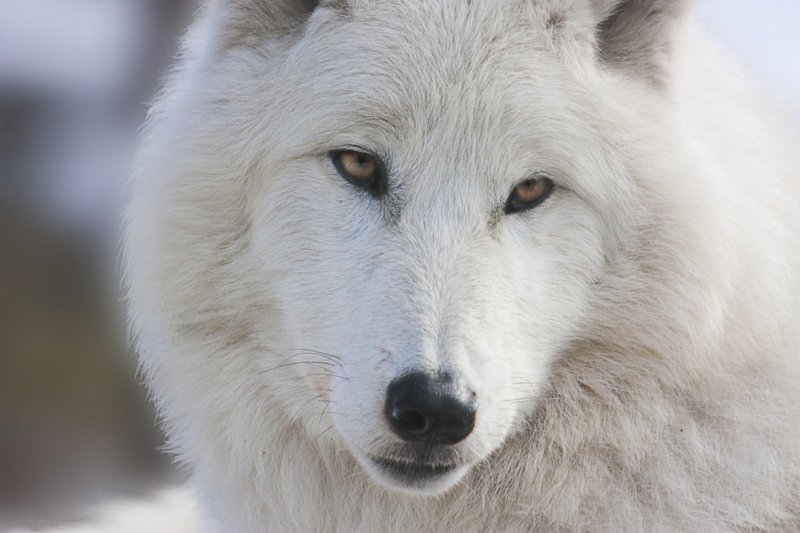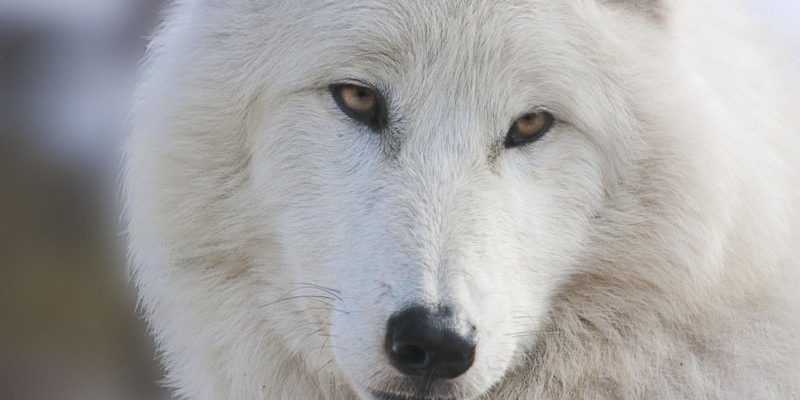
Across cultures, the tundra wolf has found a place in folklore, myth, and art. From ancient legends told by Indigenous peoples to modern interpretations in literature and film, these wolves embody various qualities that resonate with people. They’re often depicted as wise guardians of the wilderness, but they can also take on more sinister roles. Let’s dive deeper into how the tundra wolf is represented in culture and folklore, exploring the stories that have shaped its legacy.
The Tundra Wolf in Indigenous Mythology
Many Indigenous cultures of the Arctic hold the tundra wolf in high esteem. For the Inuit, the wolf is often seen as a guide and protector. In their tales, the wolf can teach humans valuable lessons about survival and community. One common story features a hunter who encounters a wolf in the frozen tundra. Instead of fearing the animal, he learns to respect it, understanding the delicate balance of life in the harsh environment.
These wolves symbolize not just power, but also the deep connection between people and nature. The Inuit believe that the wolf has a special bond with the spirit world. When a wolf appears in a dream or vision, it’s often interpreted as a sign of guidance or a call to seek out one’s purpose. This reverence highlights how integral the tundra wolf is to the cultural identity and spiritual beliefs of the Arctic peoples.
The Tundra Wolf in Literature and Art
You might be wondering how the tundra wolf has made its way into literature and art over time. Many authors and artists have been captivated by the wolf’s mystique. In literature, the tundra wolf often embodies themes of freedom and wildness. Classic novels like Jack London’s “White Fang” explore the beauty and brutality of life in the wilderness, with wolves as central characters. Here, they represent not only physical strength but also the emotional struggles of survival.
In visual art, sculptors and painters have depicted the tundra wolf in various ways. Artists often capture the wolf’s striking features, like its thick, white fur and piercing eyes, against the backdrop of a snowy landscape. This imagery evokes a sense of awe and respect. The wolf becomes a powerful symbol of nature’s raw beauty, reflecting both its harsh realities and its serene moments.
Folklore and Legends: The Tundra Wolf’s Transformations
Throughout history, the tundra wolf has undergone various transformations in folklore. In some stories, it’s portrayed as a hero who saves the day, while in others, it’s a trickster that teaches humans important lessons. For instance, in some Native American tales, the wolf is known for its cleverness, outsmarting foes to protect its pack and territory. These stories often serve as metaphors for navigating life’s challenges.
Interestingly, the wolf’s role can also shift based on the moral of the story. When it acts out of selfishness, it can symbolize greed and deception. This duality makes the tundra wolf a complex symbol in folklore. It reflects both the admirable traits of loyalty and cunning, leading listeners to ponder the moral implications of each tale.
The Tundra Wolf in Modern Media
These days, the tundra wolf has been featured in various media forms, including films, documentaries, and even video games. In many of these representations, the wolf is depicted as a fierce and noble creature. Films like “Wolfwalkers” and “The Call of the Wild” showcase the relationship between humans and wolves, often illustrating themes of empathy and companionship.
Video games also often highlight the tundra wolf’s hunting skills and survival tactics. Gamers may find themselves embodying a wolf in a snowy environment, strategizing to survive against predators or to hunt for food. This interaction gives a new generation a chance to engage with the wilderness and its inhabitants, fostering appreciation and respect for these majestic animals.
The Significance of the Tundra Wolf Today
In today’s world, the tundra wolf still holds significance beyond folklore and storytelling. Conservation efforts emphasize the importance of preserving their habitats and mitigating the impacts of climate change. As apex predators, tundra wolves play a crucial role in maintaining the balance of the Arctic ecosystems. Their presence helps control populations of other species, which in turn sustains the intricate web of life in the tundra.
Moreover, the cultural representations of the tundra wolf remind us of our connection to nature. They encourage us to reflect on our responsibility in protecting these magnificent creatures and their environments. By promoting understanding and appreciation, we can work toward a future where both humans and wolves thrive together.
The tundra wolf remains a powerful symbol in culture and folklore, representing resilience, wisdom, and the beauty of the wild. From Indigenous myths to modern media, its legacy continues to inspire and captivate. As we share stories about these magnificent creatures, we also bring attention to the need for conservation and respect for nature.
So next time you hear a tale about the tundra wolf or see an image of its fierce gaze, take a moment to appreciate its significance. These stories connect us to the spirit of the wild and remind us of the delicate balance we must maintain with the natural world. The tundra wolf isn’t just a symbol; it’s a call to action for all of us to protect the wilderness it represents.

